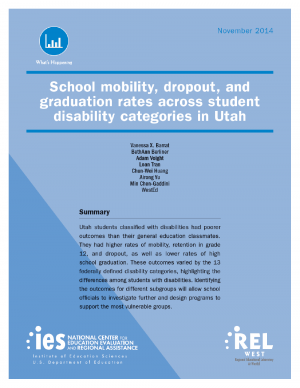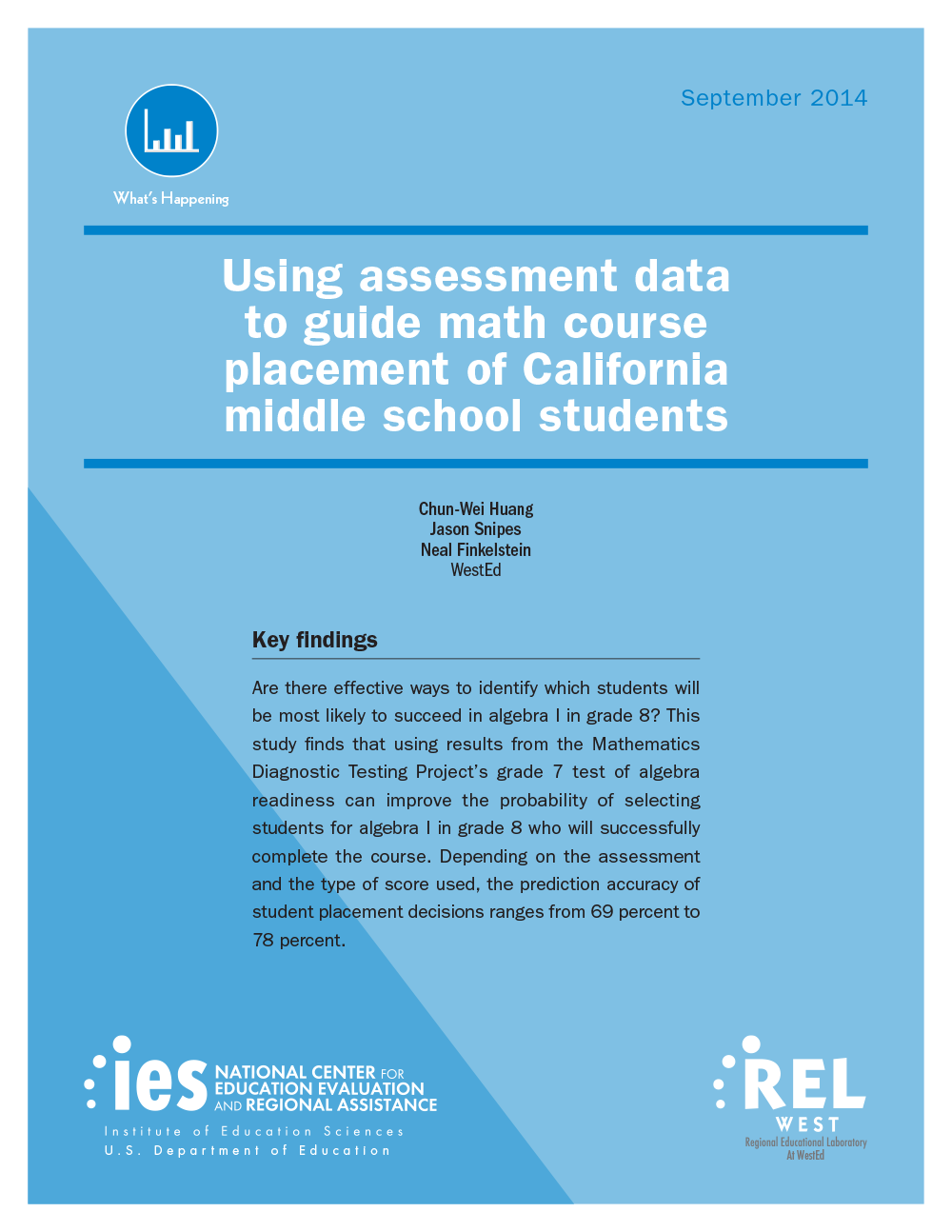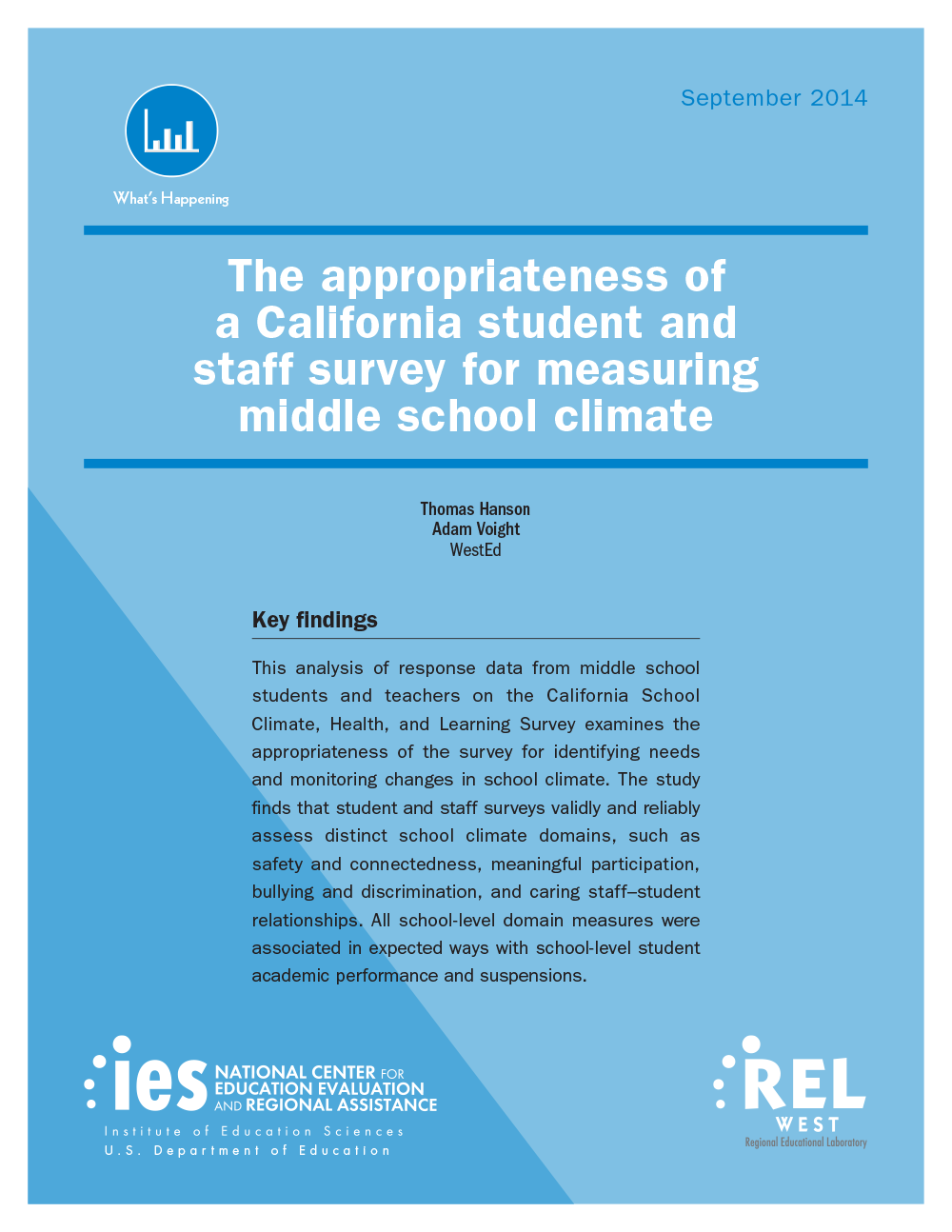School Mobility, Dropout, and Graduation Rates Across Student Disability Categories in Utah
Description
Students with disabilities are an academically vulnerable group, more likely to drop out and less likely to graduate than their general education classmates.
Although research literature recognizes that these students are not a homogeneous group, it offers limited information about how outcomes vary across the 13 disability categories identified by the Individuals with Disabilities Education Act of 2004 (IDEA).
To understand which students are at greatest risk of leaving school without a diploma and who are thus in need of additional interventions, Regional Educational Laboratory West (REL West) researchers examined the rates at which Utah students with different types of disabilities moved to other schools, dropped out, or graduated compared with all students with disabilities and with general education students.
Key Findings
- Students with a specific learning disability graduated at a lower rate than their general education classmates
- Students with an emotional disturbance, multiple disabilities, intellectual disability, traumatic brain injury, or autism were at greatest risk of failing to graduate during the standard four-year high school time frame
- Students with an emotional disturbance generally had the poorest outcomes
By disaggregating student outcomes by disability category, this study provides educators and policymakers with information on which disability categories include students who are most in need of interventions to keep them in school and on track to receive a high school diploma.
Resource Details
Product Information
Copyright: 2014Format: PDF
Pages: 47
Publisher: U.S. Department of Education, Institute of Education Sciences
Stay Connected
Subscribe to the E-Bulletin and receive regular updates on research, free resources, solutions, and job postings from WestEd.
Your download will be available after you subscribe, or choose no thanks.







